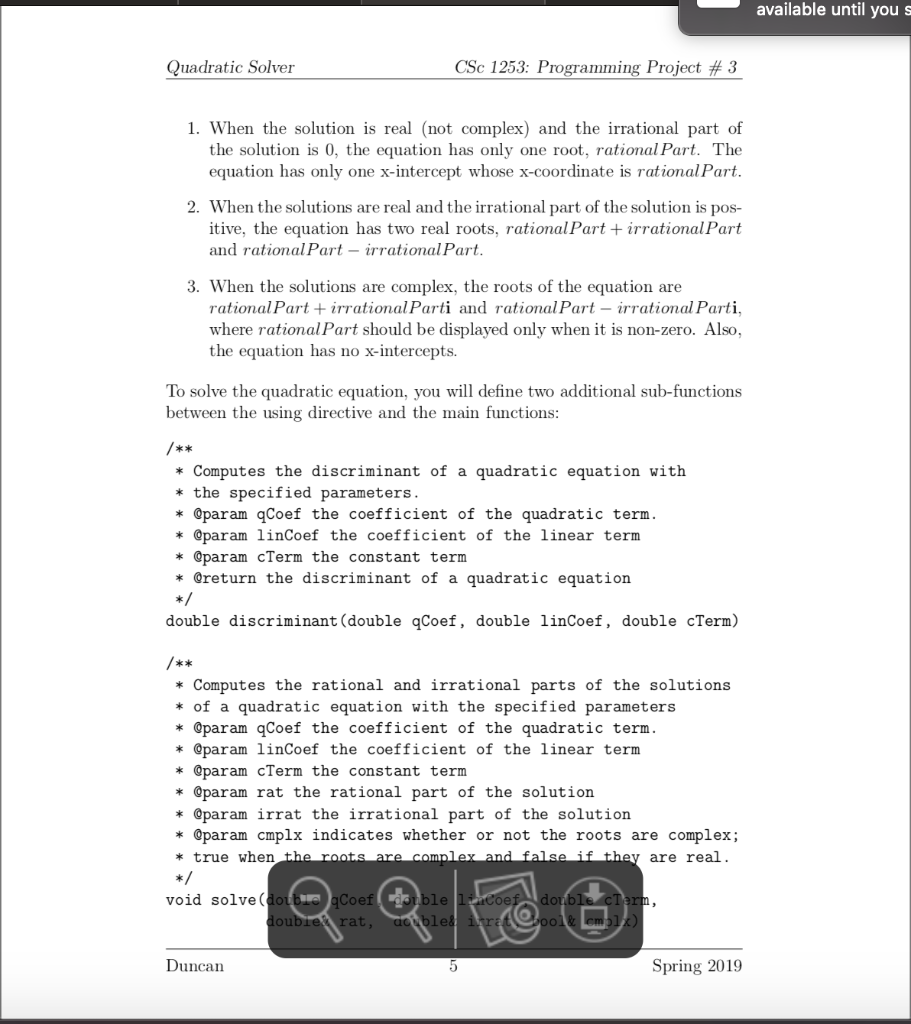

If this screenshot differs from a known-good reference, then your test fails. With snapshot testing your test navigates your app and takes a screenshot. UI testing cares if information is shown on screen, but it doesn't care if that information is displayed in the right place, in the right order, or in the right colour. Snapshot tests are great for preventing regressions. The benefit however is that these tests are as close as you can get to what your user will experience when they use your app. As you're making real network requests these tests will also be the longest to run and the least reliable. Depending on your app this could be significant and will likely need continuous maintenance that stubbing removes. Perhaps you will need to provision certain account states, and you'll need to ensure any data stored within your app is consistent too. While it might sound as though there is no setup overhead for this you will need to ensure the data your app receives from any services you reach out to is reliable given the test. E2E tests really reach out to real servers that return real data.
#Project statistics for xcode full
Stubbing out certain code that provides network responses or other data in your app and controlling those stubs with launch arguments.Įnd to end tests allow you to check your app's full integration, not just your iOS code, but your servers’ code too.Setting up a server external to your app that returns stubbed responses controllable by sending network requests from your test code.Integrate a server into your app to return stubbed network responses.But here are some options you could consider:
#Project statistics for xcode how to
I won't tell you here exactly how to stub your external items, as that really depends on how your app is architected. Almost as if it were an end-to-end test for a feature.

I would recommend tests somewhat larger in scope that navigate through a path, checking screens as they go. But consider that an important part of UI is the way your user interacts with your screen. The exact scope for these tests can be up to you - you could keep the scope extremely narrow, similar to a unit test, and check an individual screen or perhaps a single component. Extracting any external dependencies allows you to isolate any failures to the app code. The stubbing part does mean there is a higher cost to setup these tests, but the resulting tests will be more reliable and failures easier to track down. This is where I would advise starting out for any project that is new to UI tests. Things like network requests, user defaults, stored files and databases - anything external to the app code itself. Stubbed UI tests have a similar principle to a well written unit test: extracting anything external to what is being tested. This way you can build tests with a specific use in mind, meaning more consistent, more reliable tests. I think at this stage it's important to know the differences between types of UI test before getting started on your project. Commonly we often refer to them all as 'UI Tests', but in reality they are different in important ways since they have different functions and different complexities. There are many different flavours of UI tests. I’ll also give you some points to consider when introducing more tests, such as the type of tests you can add and what they are good at, and how best to architect your testing. In this article I am going to cover how to get started writing your first test and how to let Xcode help you while you gain knowledge and confidence. Then, as you gain confidence in your new tests, gradually add to them as you create new features. You don't need to do a big bang, consider adding some happy path tests to protect against regressions. (which is precisely why you should be using unit tests to test all your code - they are good at it.) But automated UI testing takes so much less time and resources than manually testing each of your app's experiences, and getting started with iOS UI testing in Xcode is probably simpler than you expect. But what about the views that your mobile user experiences? How do you guarantee you're showing the information you think you are? Unit testing views just isn't appropriate, but isn't UI testing fragile and difficult to get started for iOS apps? It is true that UI testing does take longer, and uses more resources, compared to unit tests. So your iOS app is comprehensively unit tested, meaning you can guarantee your business logic functions as you expect.


 0 kommentar(er)
0 kommentar(er)
